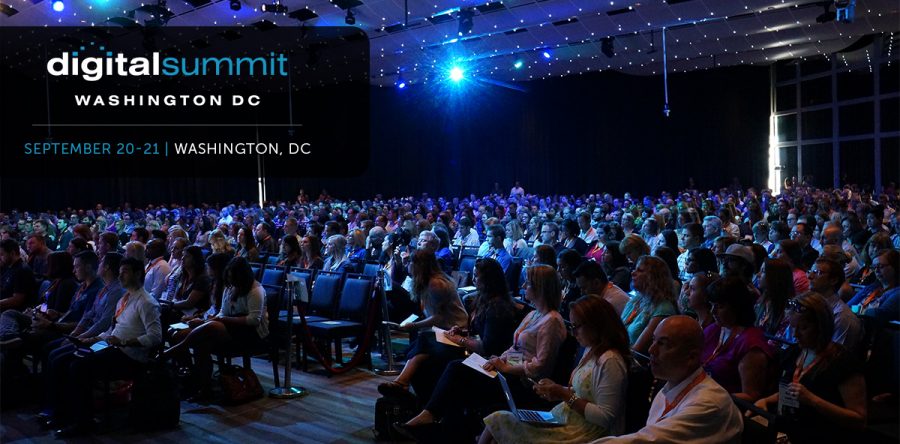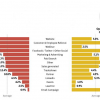Recently attended the Digital Summit in Washington, DC to get the latest insights into marketing best practices and industry trends. The two day event included over 50 in-depth sessions and workshops. One of the challenges was just selecting which session to attend. There were lots of sessions on content marketing, SEO, social media, analytics and artificial intelligence.
One topic that really piqued my interest was the concept of blockbuster content marketing – espoused by the LinkedIn speakers. Megan Golden the head of Global Content Marketing and Jon Lombardo the Global Brand Strategist shared the tenants of this vision.
The basic premise was that the newspaper approach to content marketing hasn’t been successful. The newsroom model is very difficult they argue — it requires a huge amount of effort, including a large staff of writers, constantly churning out timely stories. They suggest ditching the newspaper model and trying the blockbuster philosophy. So what is the blockbuster approach? It argues content marketers should copy Hollywood and their formula for movies and entertainment. This model is easier to scale and monetize over time they suggest.
The core pillars of this approach are:
Focus – centralize your efforts around a few different themes for your company/products/solutions. For example – LinkedIn focuses on just a few themes a year after narrowing them down from a very large number using an editorial board.
Familiarity – the concept here is to work on concepts that are proven so that the success can be replicated over time. Hollywood for example prioritizes old stories that have a tried and true track record of success. The point is to build off some core central theme and make them a successful and flagship product.
Extensibility – the idea here is to take existing content and monetize it in new channels. LinkedIn believes it’s much more profitable approach than creating one-off pieces of content like a newsroom. They provide the example of Star Wars which is not just a movie. It’s a video game, a lunchbox, an action figure. So the real point is to use existing content assets in many different ways and in a range of channels to maximum benefit.
They argue use the Hollywood approach by using 75% familiar franchises that are guaranteed to work, and 25% net-new, experimental content that can become your next big blockbuster.
These insights are very interesting and I look forward to seeing how they can be put in practice.





